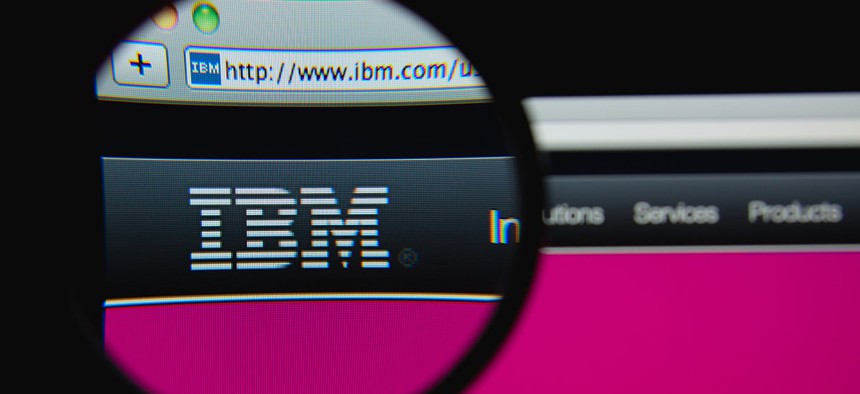IBM Has Been Awarded an Average of 24 Patents Per Day so Far in 2016

Gil C/Shutterstock.com
The company is in the middle of a reinvention, that sees the company shifting further away from hardware sales into cloud computing, analytics and AI services.
The media tends to focus on the crazy things Google, Facebook and Apple patent, but they’re still dwarfed by more traditional companies like IBM and Samsung when it comes to the number of patents they’re awarded each year.
Through the first half of 2016, IBM has, yet again, been the leader in technology patents, averaging roughly 23.6 patents awarded each day.
Although IBM’s patent-producing power slowed somewhat in 2015, the number of patents it’s received so far this year is up more than 13 percent compared to a year earlier. The company is in the middle of a painful reinvention, that sees the company shifting further away from hardware sales into cloud computing, analytics and AI services.
It’s also plugging away on a myriad of fundamental scientific research projects—many of which could revolutionize the world if they can come to fruition—which is where many of its patent applications originate. IBM accounted for about 1 percent of all U.S. patents awarded in 2015.
IBM’s patent haul last year was lower than in 2014, and it’s entirely possible, given its recent ascendancy, that Samsung’s electronics division could take IBM’s tech patent crown this year or next.
Google—it’s still awarded patents under that name, instead of its parent company, Alphabet—is also on a tear. As we suspected last year, the company received well over 3,000 patents in 2015, more than 11 times the number it received just five years earlier.
As the company pushes into ever more fields of research, from AI to drones and clothes with embedded computers, it’s no wonder that it’s patenting so many more pieces of research. Interestingly, Facebook, which some are calling the new Google, seems to be following a similar, albeit less dramatic, path. The company received just seven patents in 2010, and 389 in 2015—a 55x increase.





